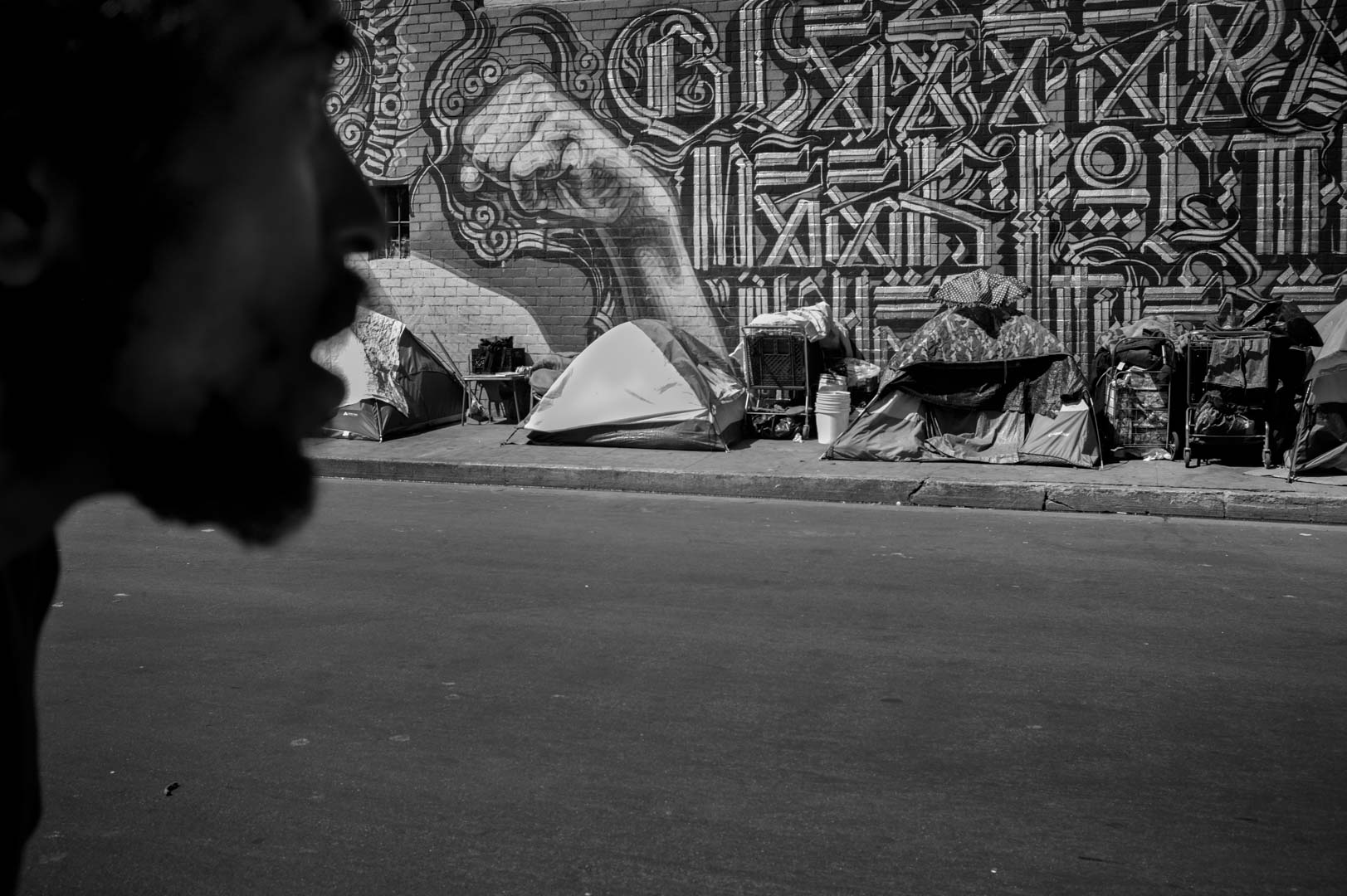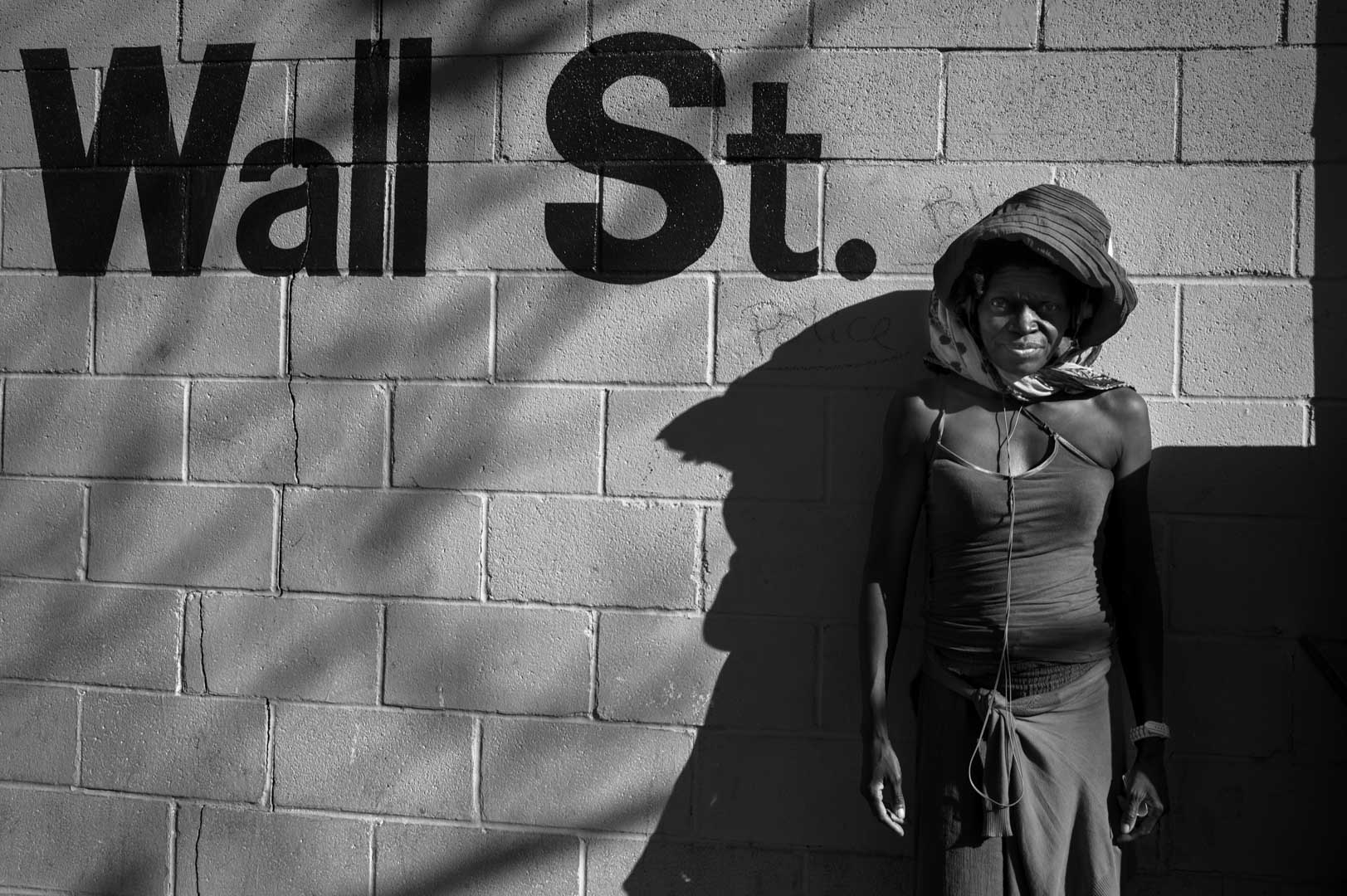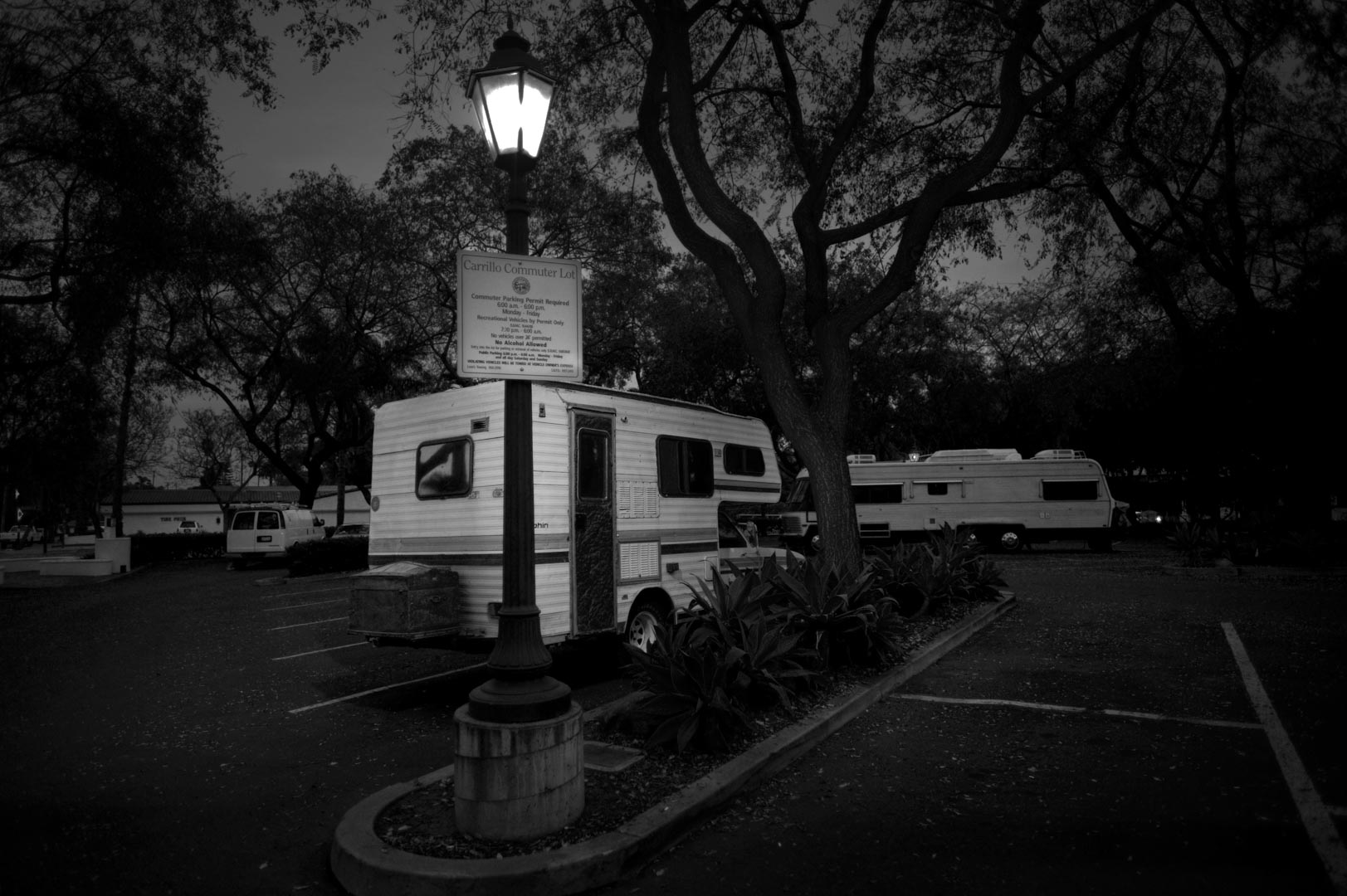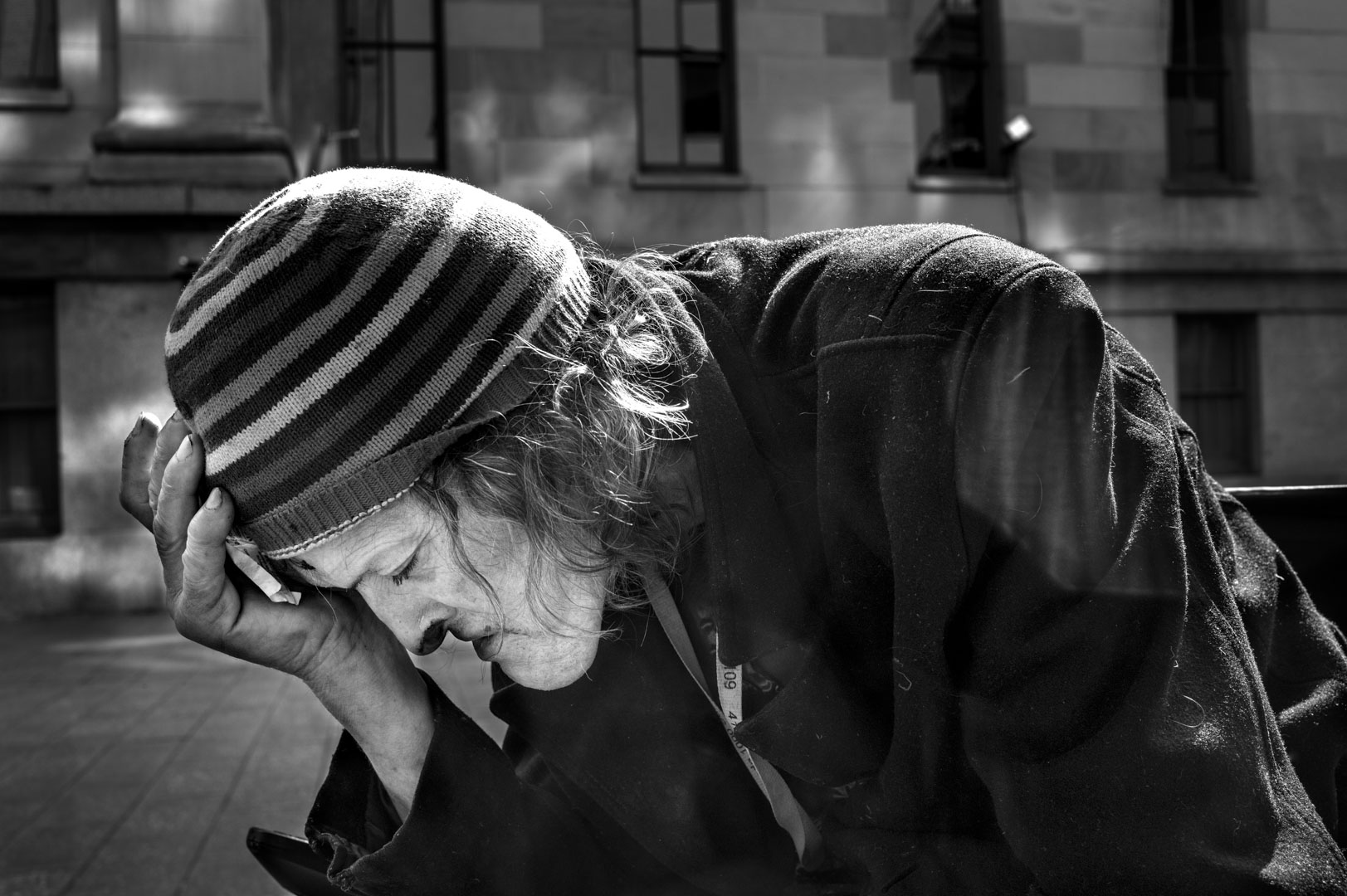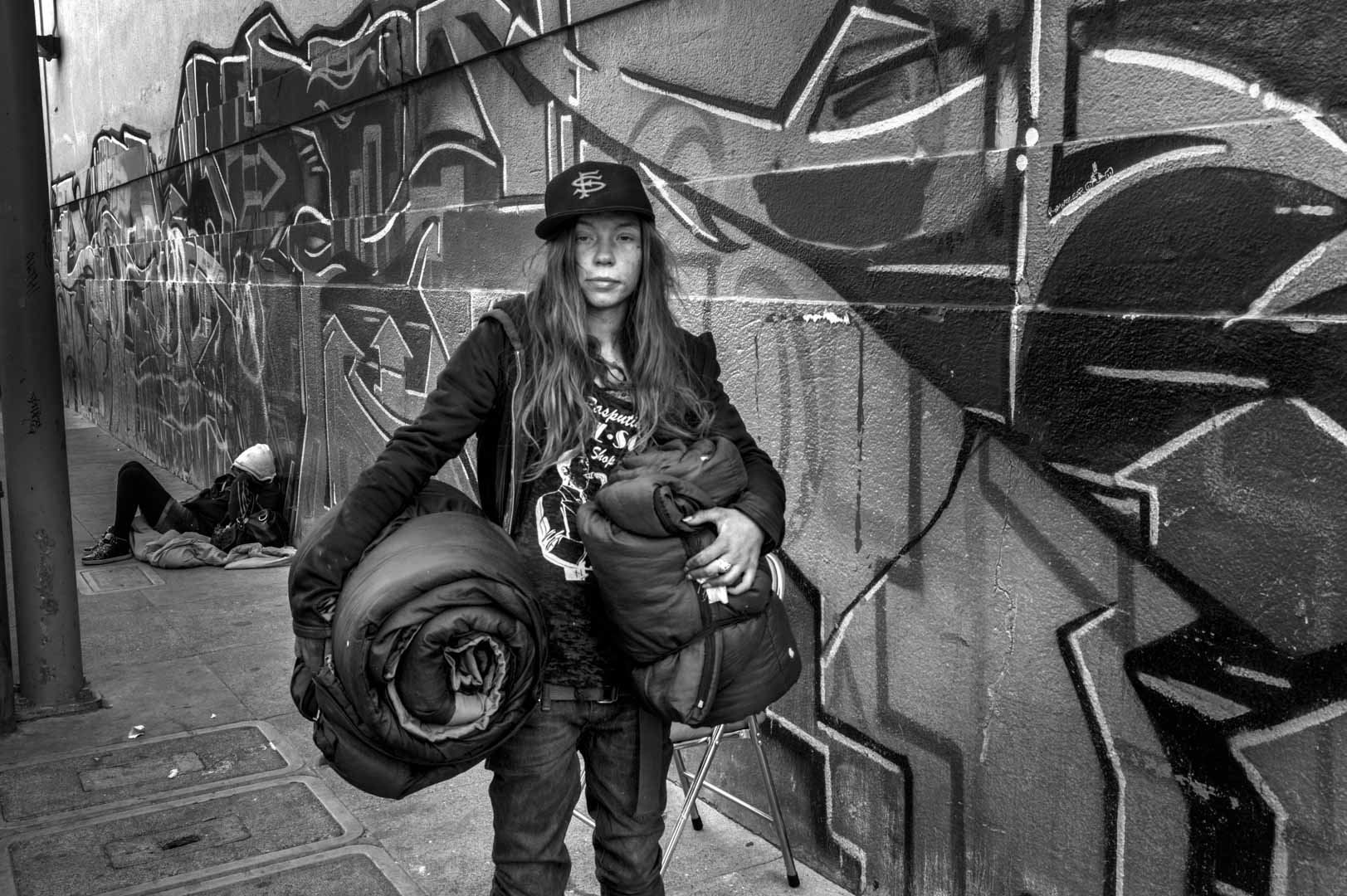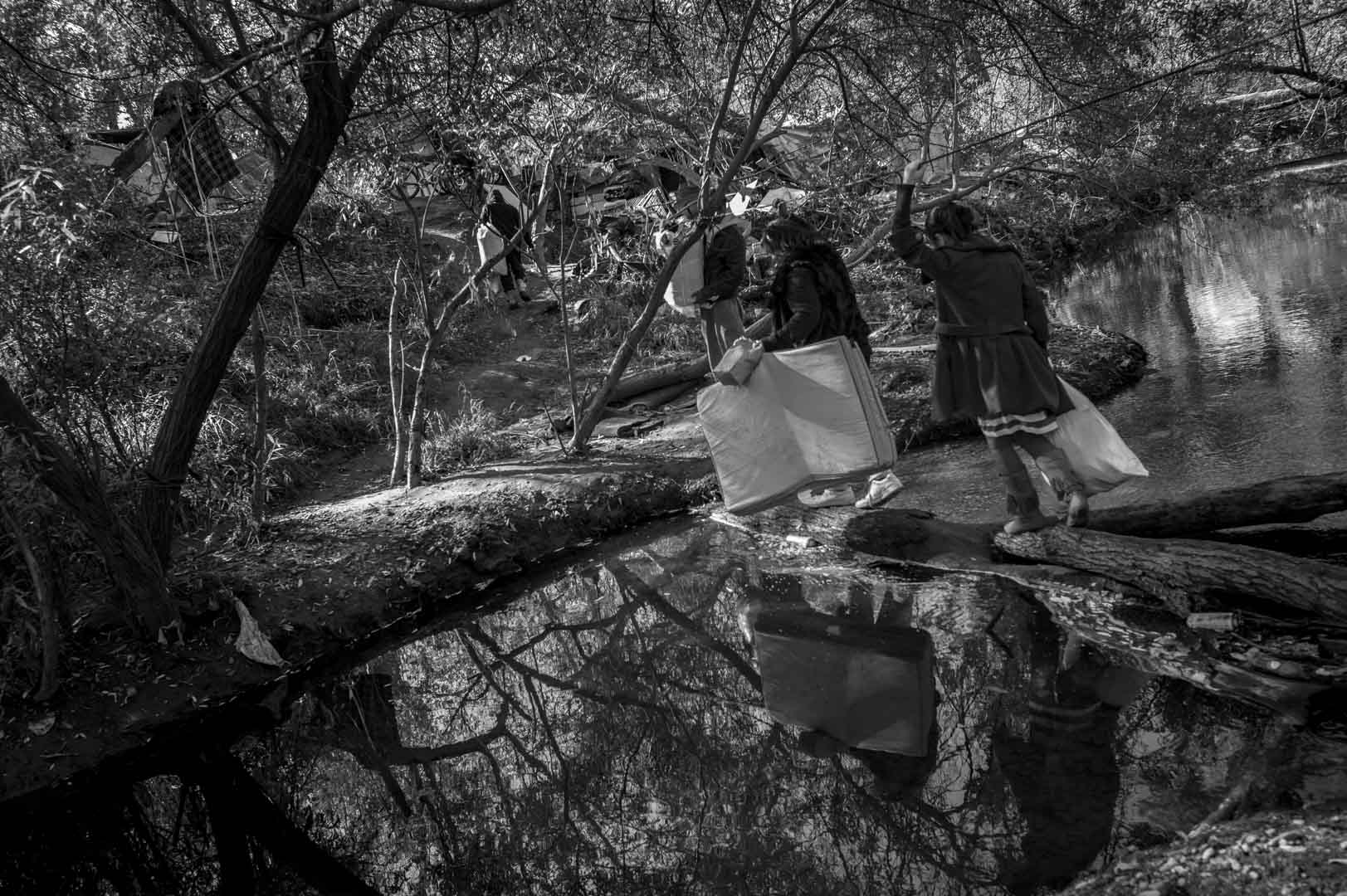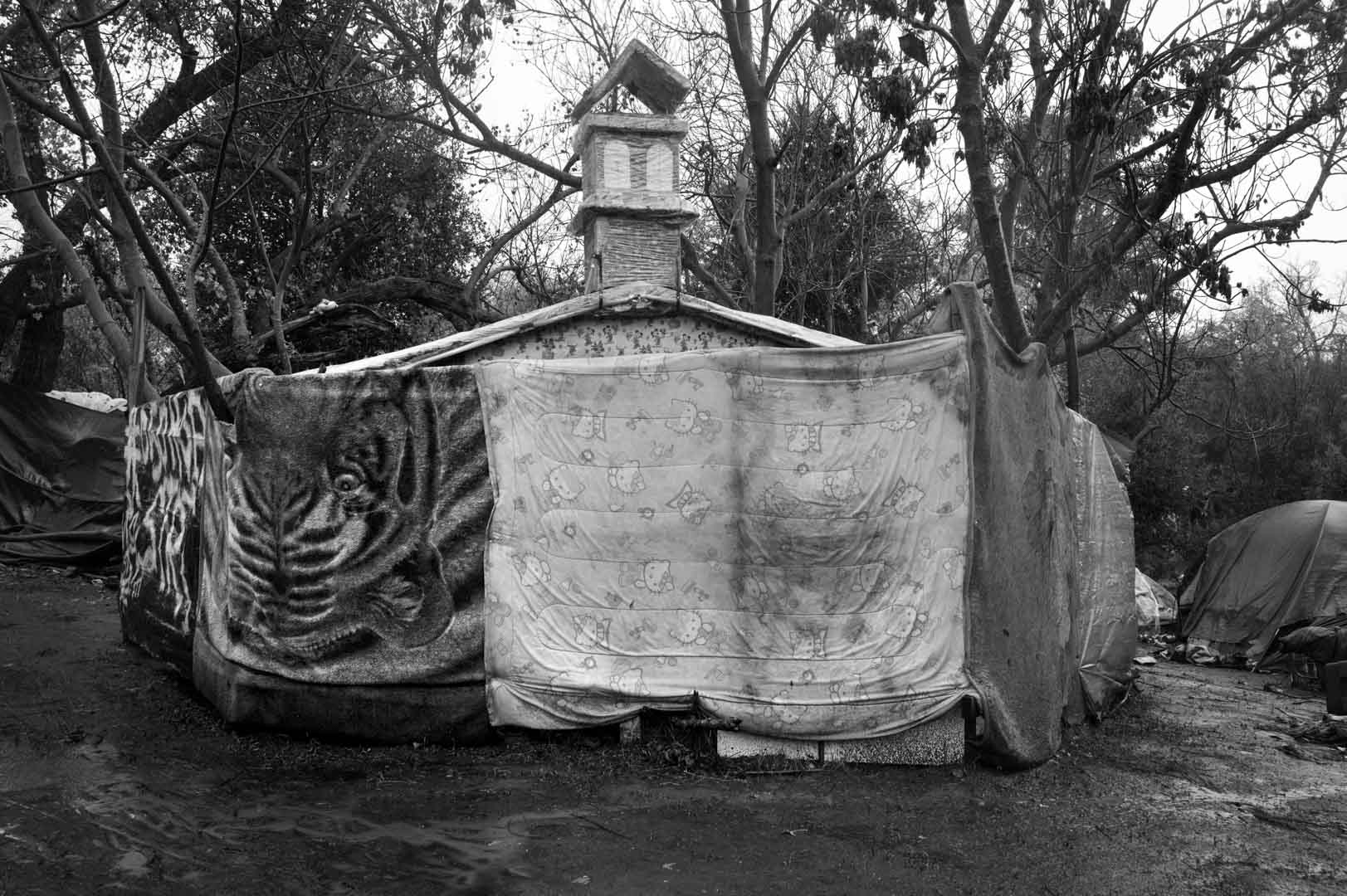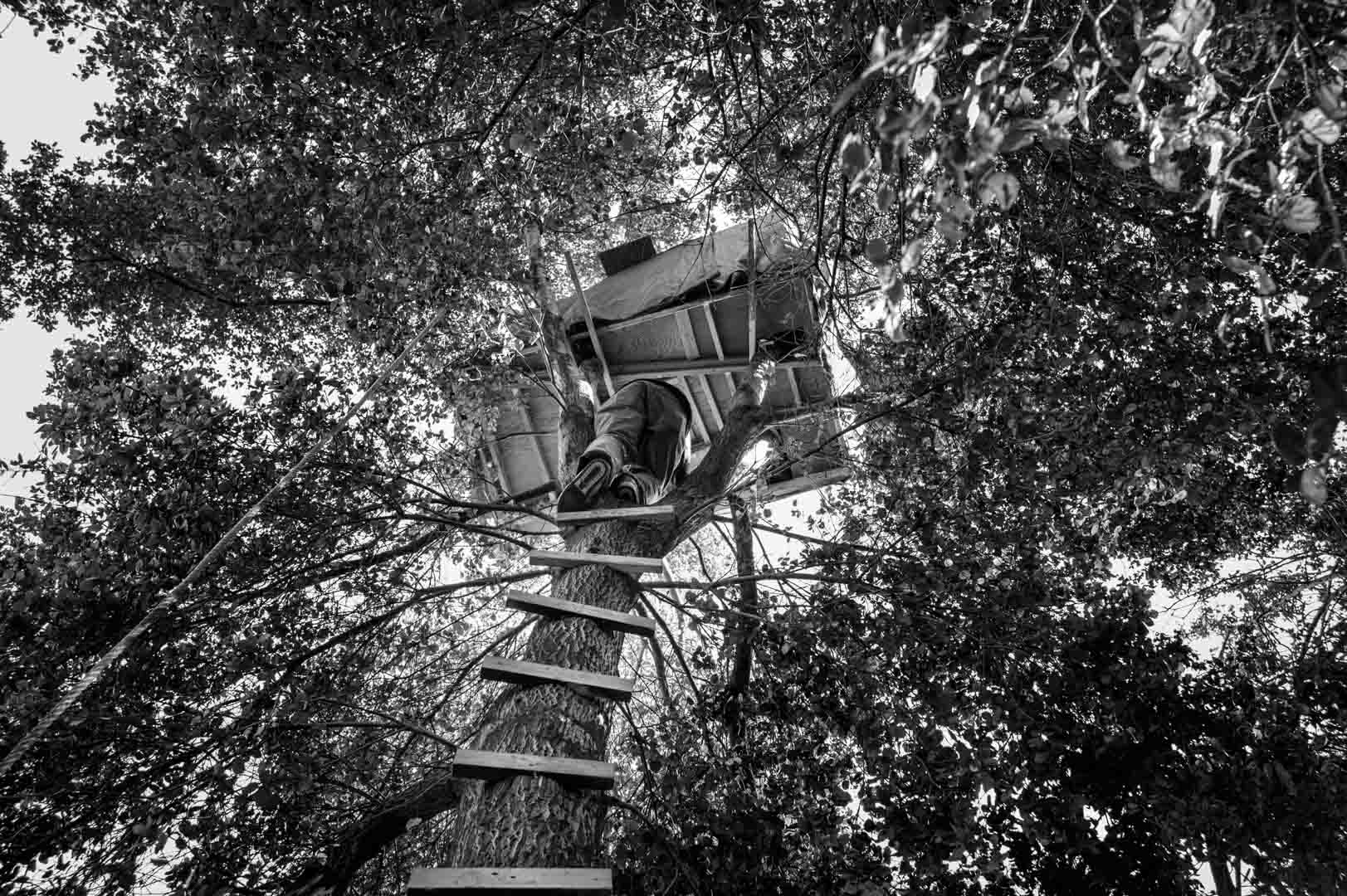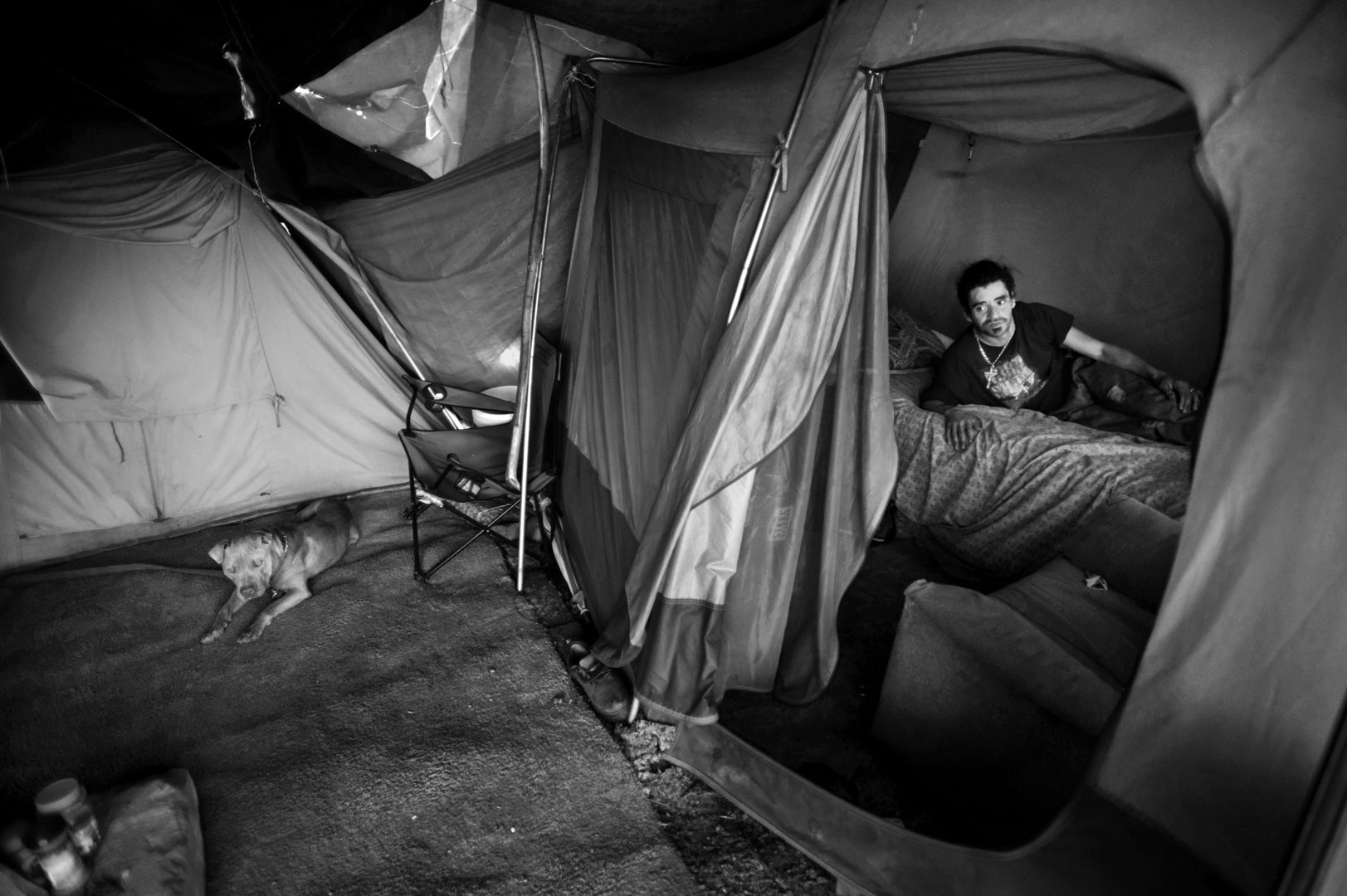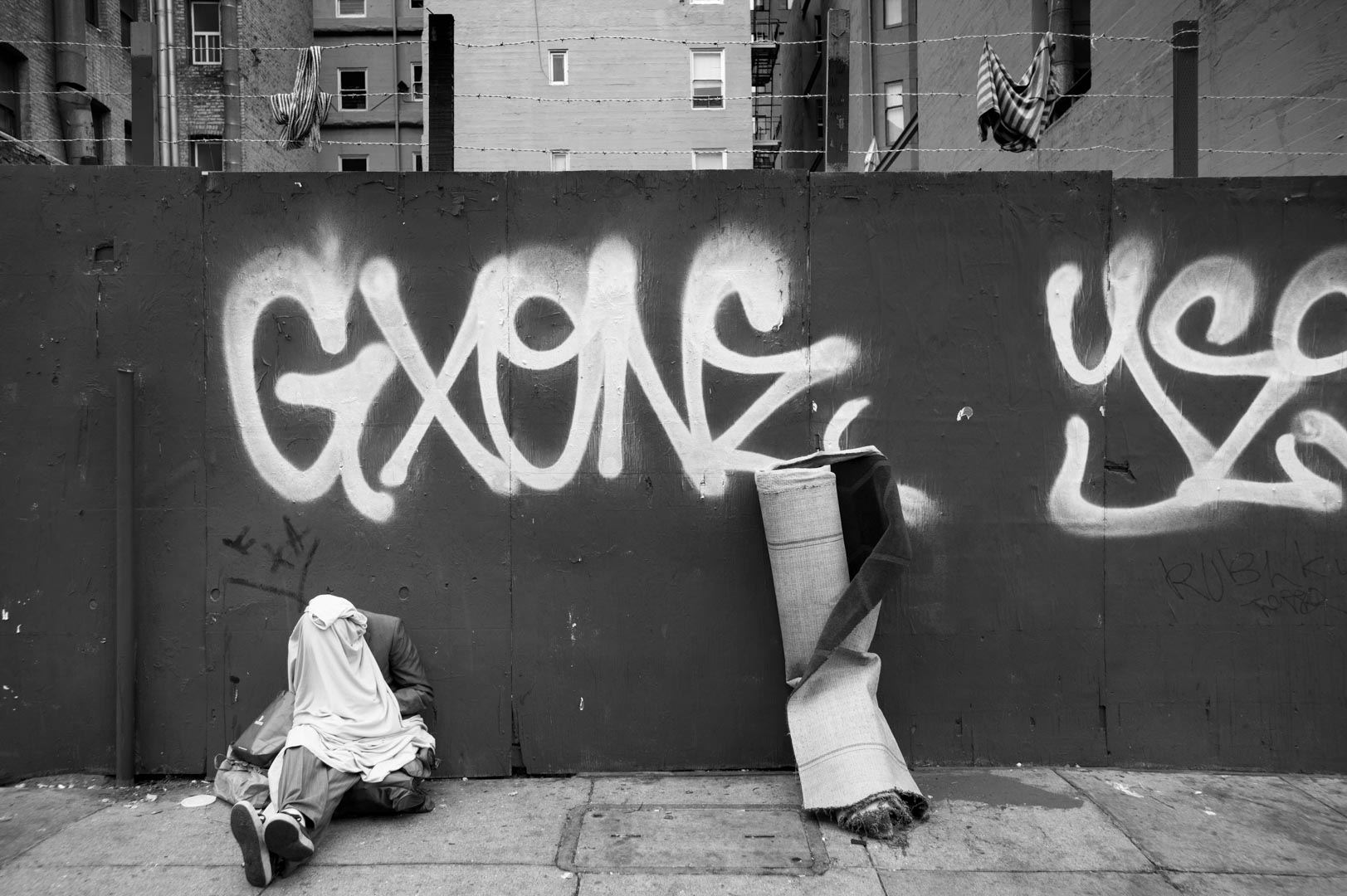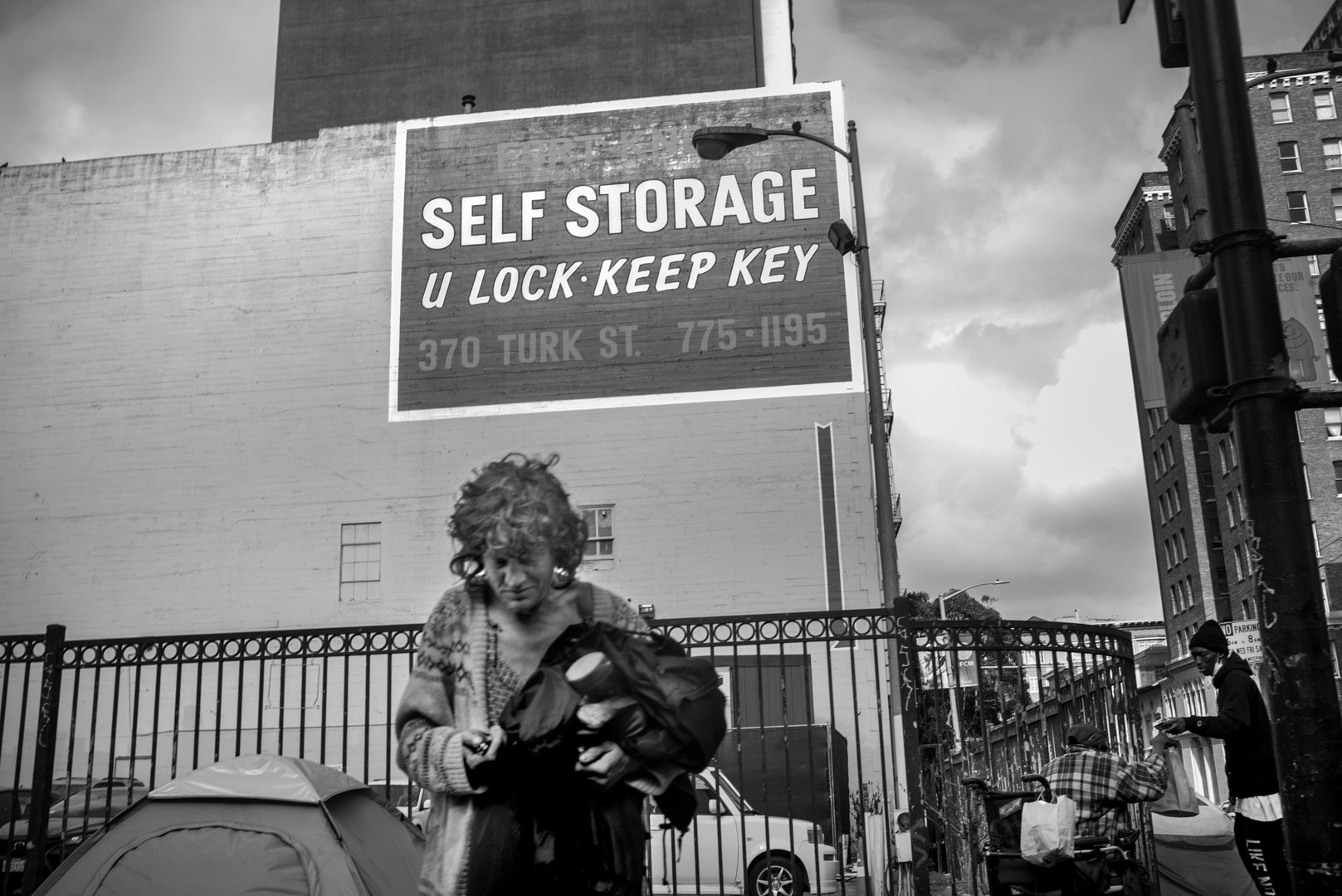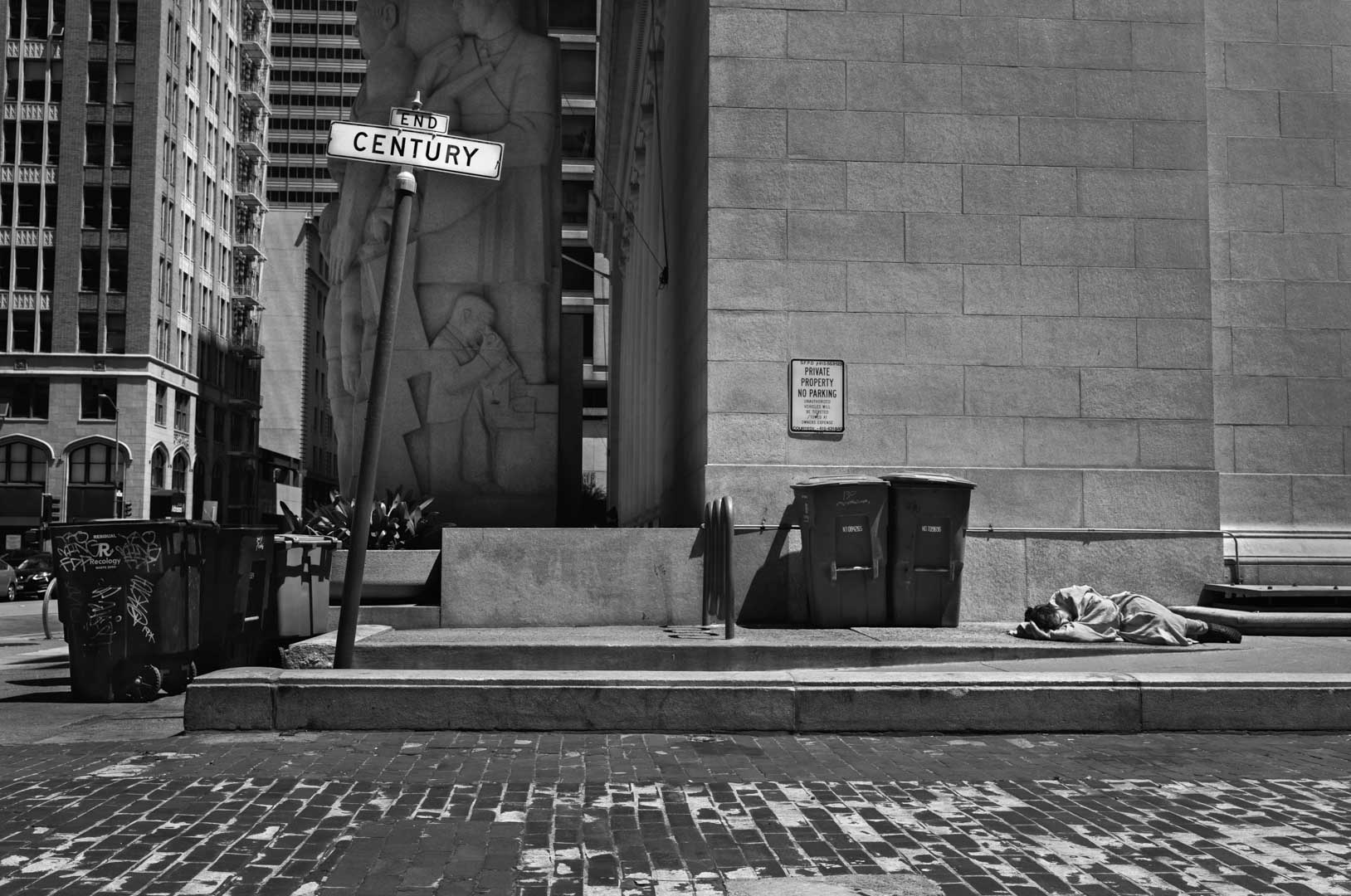California Dreamin’, 2023
In 2022, almost one homeless in two was in California, where, according to the official figures counted 115,491 peoples sleeping in the streets, parks, vehicles and abandoned buildings; These figures are however in dispute by some experts, who maintain that the number is twice as high.
The Governor of California, Gavin Newsom, declared in February 2020: « Let’s call it what it is, a disgrace, that the richest state in the richest nation […] is failing to properly house, heal, and humanely treat so many of its own people. Every day, the California Dream is dimmed by the wrenching reality of families, children and seniors living unfed on a concrete bed. »
Since the 2008’s crisis, I have been documenting the rise of poverty and the increase of homeless. The state of California, considered to be the world’s fifth-largest economy, has one of the highest poverty rates, largely due to the cost of housing. Small groups of homeless people live within walking distance of the Apple, Google and Facebook campuses. The “Jungle”, located in a wooded area of San Jose, was one of the largest camps in the country and housed 350 people. It was bulldozed by the municipality in 2014, but since then encampments have multiplied in California cities.
Then came Covid-19, provoking a wave of closures and redundancies, which exposed and exacerbated the homeless crisis. On the square in front of San Francisco City Hall, an official camp surrounded by a fence has been set up. It is one of many encampments that have been set up on vacant land throughout the city. For health and safety reasons linked to the pandemic, California has suspended the homeless census.
By 2022, when the count resumed, their numbers had increased. Of the five US cities with the most homeless people, four were in California: Los Angeles, Oakland, Sacramento and San Jose. In the Skid Row district of Los Angeles, every pavement is littered with tents, cardboard shelters and trolleys overflowing with all kinds of belongings. Skyscrapers rise above the largest concentration of homeless in the country.
Ever since the gold rush of the 19th century, California has been regarded as a land of opportunity for the American dream. Behind the old San Francisco Stock Exchange building, in front of the marble walls erected during the Great Depression, a man lies next to the recycling bins, while above him a sign reads:
« End – Century. »
Los Angeles County estimated that 69,144 people were experiencing homelessness. In the 50-block neighborhood of Skid Row, every sidewalk is clustered with tents, makeshift cardboard shelters, and shopping carts loaded with people’s possessions. High-rise buildings loom over the largest concentration of homelessness in the country.
“I am Worthless,” I paused and asked her name again. “I am Worthless,” she said, “not anything to take a picture of.” She went on to say she is homeless, for the last four days in San Francisco. We talked for a half-hour and at the end she said, “Marlana.”
“The Jungle” in a wooded area of San Jose was one of the largest encampments in the nation and home to 350 people. It was bulldozed by the city in 2014. The encampments have multiplied in cities across California.
Since the Gold Rush, California has been perceived as a lucky place. A land of opportunity that inspired the notion of the American Dream. In the alley behind San Francisco’s old Stock Exchange building, with marble facades built during the Great Depression, a man lays next to the recycle bins and above, the street sign reads “End Century.”

